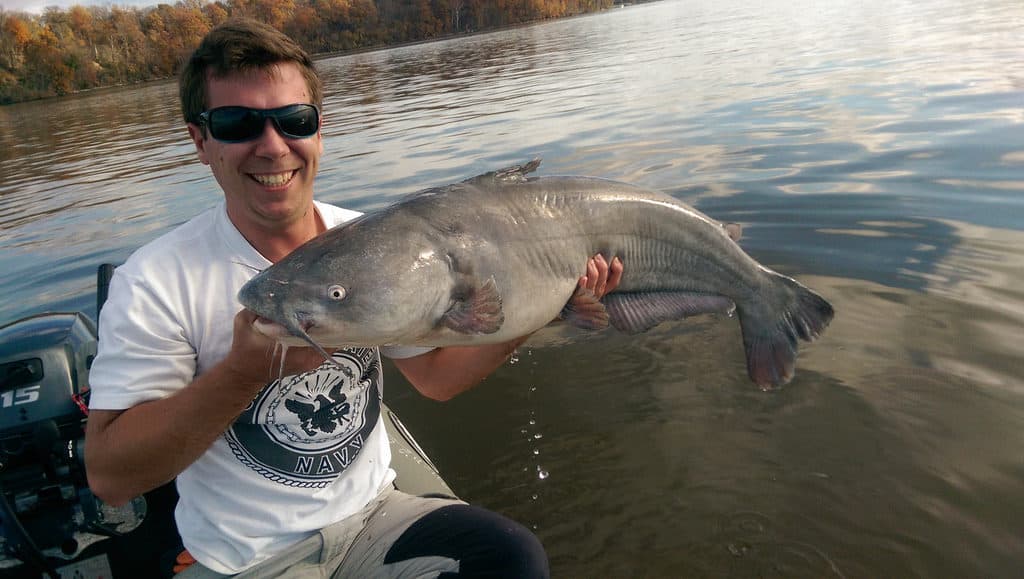As the invasive population of blue catfish threaten to throw off the ecological balance in the Chesapeake Bay, the state of Maryland has come up with a way to get more of the catfish out of the water and put them to good use.
In a new food program, state institutions like prisons, hospitals, public schools, and universities will put Maryland-caught blue catfish on the menu.
The Maryand Departments of General Services, Agriculture, and Natural Resources awarded contracts to Reliant Fish Co. and Congressional Seafood Co. to provide the fish to the state institutions.
State leaders call the program a win-win, since it provides quality protein and also reduces the invasive species’ negative impact on the Potomac River and the Bay, by providing a reliable market.
What’s more, the program will put inmates to work distributing cases of the blue catfish. State institution will buy cases directly from Maryland Correctional Enterprises, a program that gives offenders structured employment and job training.
The new statewide contract can be used by Maryland counties, municipal corporations, and public agencies to meet their food service needs. One case of blue catfish contains 40 pieces of four-ounce portions. It’s a tasty, local protein option.
“This statewide purchasing program will allow us to curb population growth of this destructive species while building new, sustainable markets for our watermen,” said Agriculture Secretary Joe Bartenfelder.
Maryland watermen have the means and ability to harvest blue catfish, but have been lacking a strong market for their catch. The Department of Agriculture’s seafood marketing program continues to make a concentrated effort to raise public awareness and promote the consumption of the flaky white fish.
“Invasive species like blue catfish threaten sensitive ecosystems and habitats by outcompeting established and native species,” Maryland Natural Resources Secretary Mark Belton said. “Any effort to mitigate or reduce their threat to our environment is a win, and that’s why we encourage anglers and watermen to capture and keep them.”
Blue catfish are native to the Mississippi, Missouri and Ohio river basins, but were introduced to Virginia waterways for sport in the 1960s. Since then, their population has spread throughout the Bay and its creeks and rivers. Blue catfish feed on important native species like rockfish and crabs, as well as mussels, clams and perch. They also outcompete native species for the resources available in the Bay.
For more information on the state’s purchasing programs, please visit the following sites:
-
https://dgs.maryland.gov/Documents/comm/food/001B9400130-.PDF
-
https://dgs.maryland.gov/Documents/comm/food/001B9400131-.PDF
-Meg Walburn Viviano




